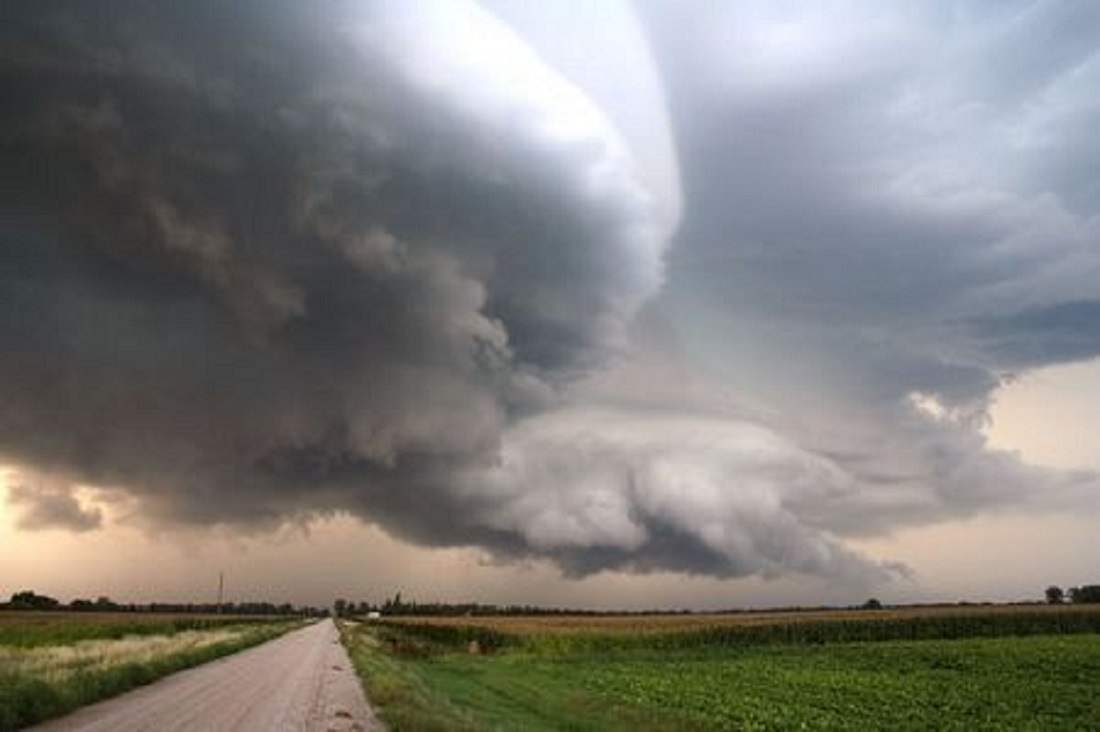Safety Tips for Tornado Travel
Every year more than 1,000 tornadoes touch down in the US with little to no warning. While we won’t see a lot of tornadoes in New Jersey or the Northeast, it’s still important to prepare for these types of situations, especially when it comes to traveling. A tornado is defined as a “mobile, destructive vortex of violently rotating winds having the appearance of a funnel-shaped cloud and advancing beneath a large storm system.” While most common in the mid-western portions of the US, tornadoes can occur anywhere – here is what you should know to safely travel during tornado season.
When is Tornado Season?
In order to best prepare for travelling during tornado season, it is best to know when tornado season is. Tornadoes are most likely to occur in areas east of the Rocky Mountains during the spring and summer months and in the southern portions of the country from the months of March to May. The northern states are also affected by tornadoes during the year as well, usually from the late spring months to the early summer months. “Second tornado season” occurs in November and generally only affects what is called “Dixie Alley” or the area along the Gulf Coast from Texas to Georgia and South Carolina.
Everyone is at Risk
Many people believe if they live outside the “tornado zone,” they do not have to consider the possibility of having to travel with a tornado nearby. While there are definitely some areas more prone to seeing tornadoes than others, it’s important to remember these storms are unpredictable in every way. In 2010, states that usually didn’t see tornado activity led the way with the number of tornadoes that did in fact touch down – Minnesota saw more than 100 tornadoes, and Wisconsin saw 46.
Know the Signs
It’s important to know the signs of a tornado before heading out on a trip, especially if it’s during the area’s tornado season. Make sure to check local news for any signs of tornado conditions. You can also recognize the signs for yourself – when a strong wind dies down, and then the air becomes very still. Also, the skies becoming dark and almost green in color, large hail, dark and low-hanging clouds, heavy rains, and sounds resembling train whistles are also signs.
Should there be any indication of tornado activity, it’s in your best interest not to travel and also to get to a safe place in your home—preferably the lowest level of the house or building you’re in and away from windows. If you can, keep your head covered or even get under a mattress. If you are travelling and a tornado is close by, get out the car and lay down flat in a ditch or find a drainage pipe for safety—do not try to outrun the tornado.
Looking for Behind the Wheel Training? Training Wheels is a Ventnor driving school specializing in teaching new teen drivers how to stay safe on the road. For more information on our lessons, please click here.
Copyright: jakeblaster / 123RF Stock Photo

